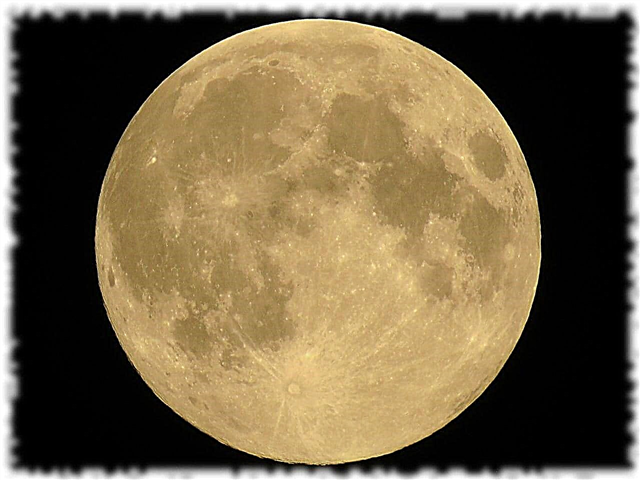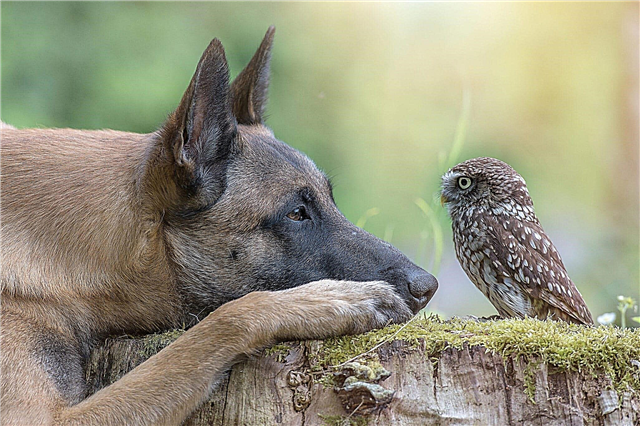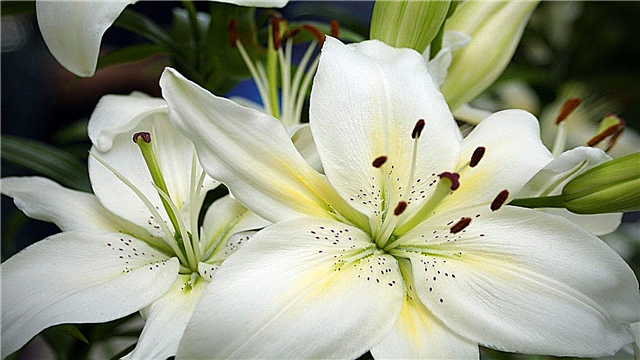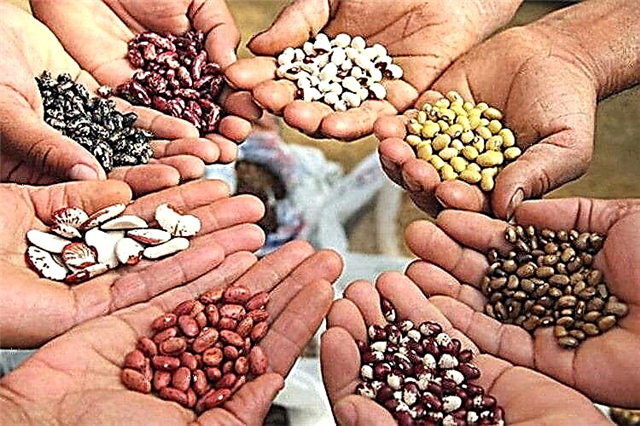
The order of rodents is very rich in representatives, and even among the species themselves a great variety is presented, as, for example, among the family of hamsters, to which the hamsters themselves belong - in Latin Cricetiane. It is interesting that the very meaning of the word "hamster" came from ancient Iranian and means "plucking the ground" - hamsters destroy the crop.
These are recognized pets of many. Their activity, cheerful disposition, cute appearance attracts people of different ages, and the simplicity of content allows these rodents to live in any house. In the natural environment, there are even more varieties: voles, muskrats, lemmings, water rats - this is not the whole list of the hamster family.
Appearance

A hamster is a rodent of very small sizes, from 9 to 30 cm. It has a dense physique, short legs and tail, small ears. Sometimes the hair on the tail folds into a brush, and the tail can be longer than 2 cm. In general, the appearance of the hamster is similar to a mouse. These animals live in burrows and underground. The body of this animal is stocky or elongated, with a neck interception. The hind legs are longer, like limbs of jerboas, have powerful claws on five fingers, of which the side is shorter than the middle.
Semi-aquatic forms of hamsters can have membranes between the fingers of the hind limbs. So, in underground hamsters, the body has the shape of a roller, the neck practically does not stand out. Color varies from light to dark brown, the back is darker than the abdomen.There is a strip along the spine of certain species, and spots on the front of the body.

For a large number of species, the coat is soft and smooth. Hamster's cheekbones are low and round, rarely diverging backwards. Sometimes it happens that the front section is shortened. The orbits of the eyes are small, the infraorbital processes of the frontal bones are absent. The bone of the upper jaw forms the cheekbones, which covers the outside of the hole under the eyes. The channel of the masticatory muscle passes through the top. A distinctive feature of hamsters is the large cheek pouches needed to carry food.
Hearing holes vary in width, are often enlarged. The lower jaw is usually with an angular process. The hamster has only 16 teeth, the front ones are larger than the back, cheek teeth with crowns located low or high. Cheek teeth with crowns of different heights, tuberous, irregularities in two rows - a secondary complication of the teeth, namely their shape. There are even teeth that take the form of a trihedral prism. These represent fused dentine columns.
In the skeleton of the lower section, fusion of two tibiae of different size is observed. The burrowing lifestyle made the limbs, ears, hamsters' shorter tail, incisors and claws became suitable for digging. Underground or semi-underground species have eye reduction and isolation of incisors from the mouth, but most of the hamsters retain large eyes, long tails, adapt to running, so their limbs are longer. If hamsters live near the pond, then they have the ability to swim.Climbing adaptation is expressed in some members of the family.
Single animals

Hamsters are single animals, except for Roborovsky hamsters. Therefore, in cages, even among heterosexual individuals, there can be fights, and a weak hamster can die. Also, the females should be kept more carefully: in the Dzungarian, Syrian and Campbell hamsters, frequent births can harm health. Late mating of the female will also be harmful - after the age of one year. This leads to a lack of milk and maternal instinct.
Breeding

Reproduction takes place throughout the year in the south, in the north it is seasonal. The duration of a hamster's pregnancy is from 16 to 35 days. From 2 to 18 cubs are born. Maturity comes early, at 40-50 days, but life expectancy is very small - 1-2 years, in captivity up to three years. This does not interfere with their large numbers.
Hamster habitat

Hamsters inhabit the land on a vast territory. The exception is Antarctica and the island states - Iceland, the Arctic islands and the Australian-Malay region, Iceland. Rodents can fill gardens, landscapes created by man.
Nutrition

Hamsters feed on the fruits and seeds of various cereals, grass, insects. Individual individuals are stocked for the winter with a large number of edibles. Animals are prone to changes in numbers and to long-distance migrations. There are also species that are listed in the Red Book - the Syrian hamster and Newton's hamster. In Russia, in the wild, 12 species of hamsters live. In natural conditions, they have many enemies - these are mainly birds of prey (kite, kestrel, raven) and animals (fox, ermine, badger).
Representatives of hamsters - carriers of dangerous diseases - plague, tularemia, leptospirosis.In connection with this fact, their home maintenance in Vietnam is prohibited.












